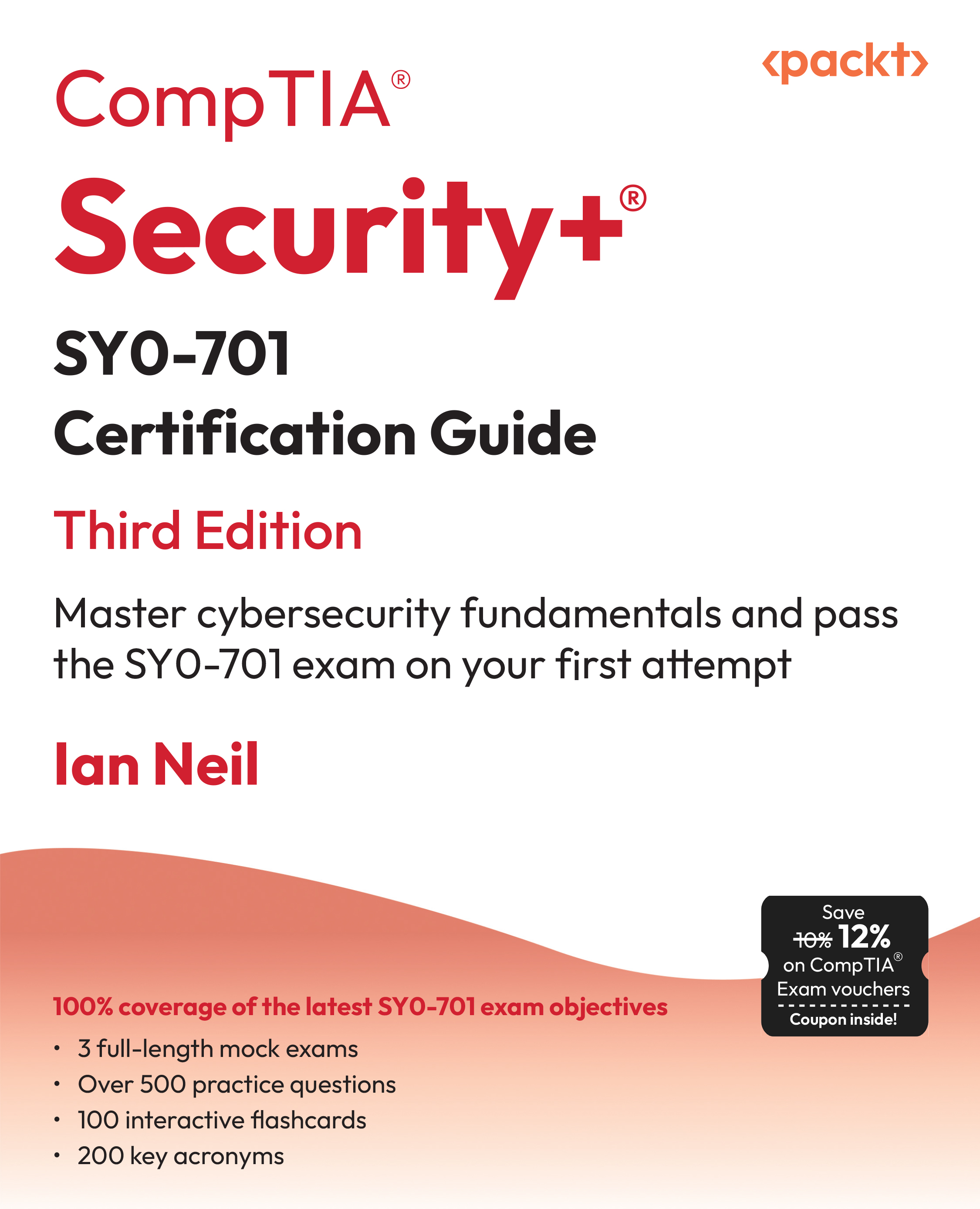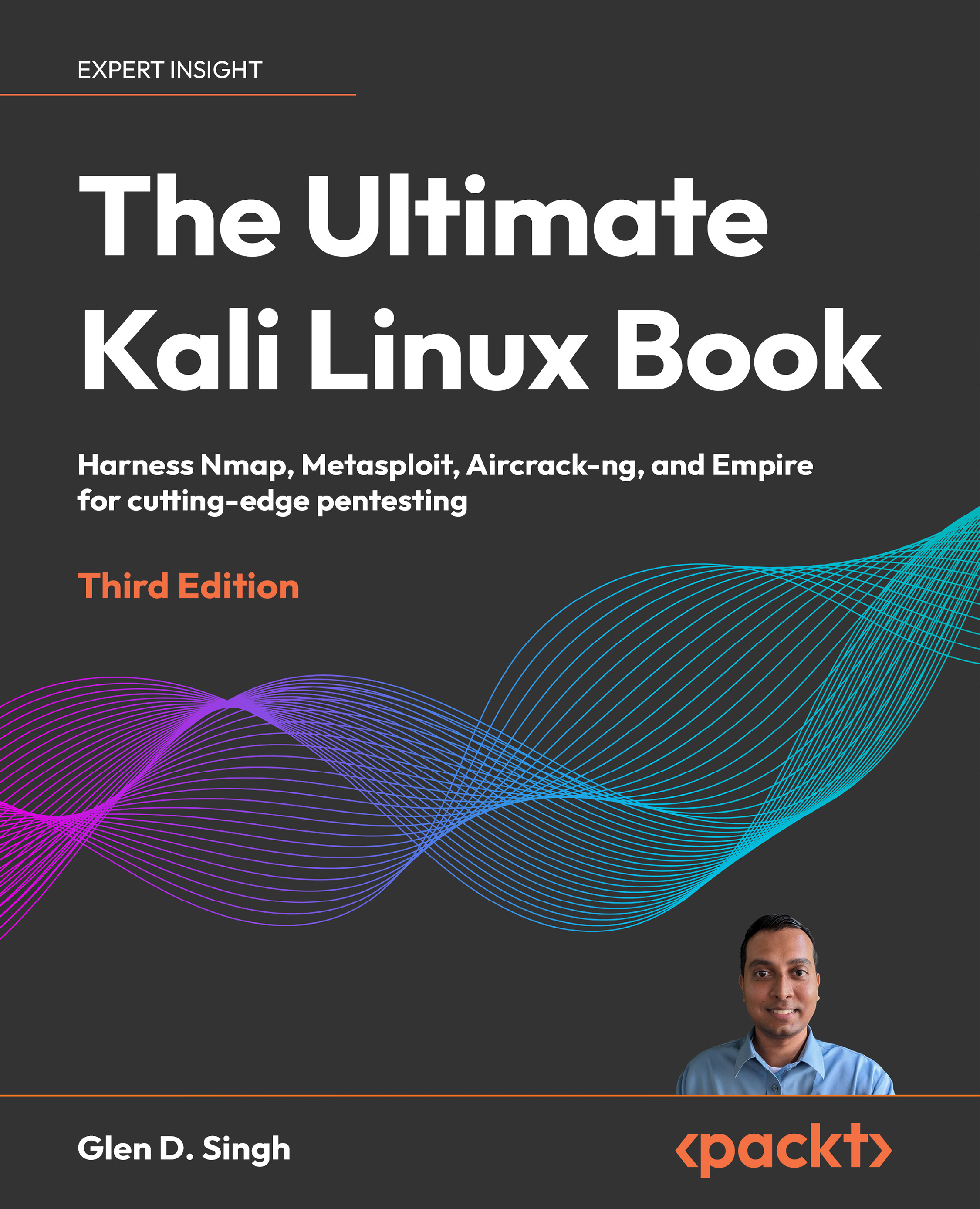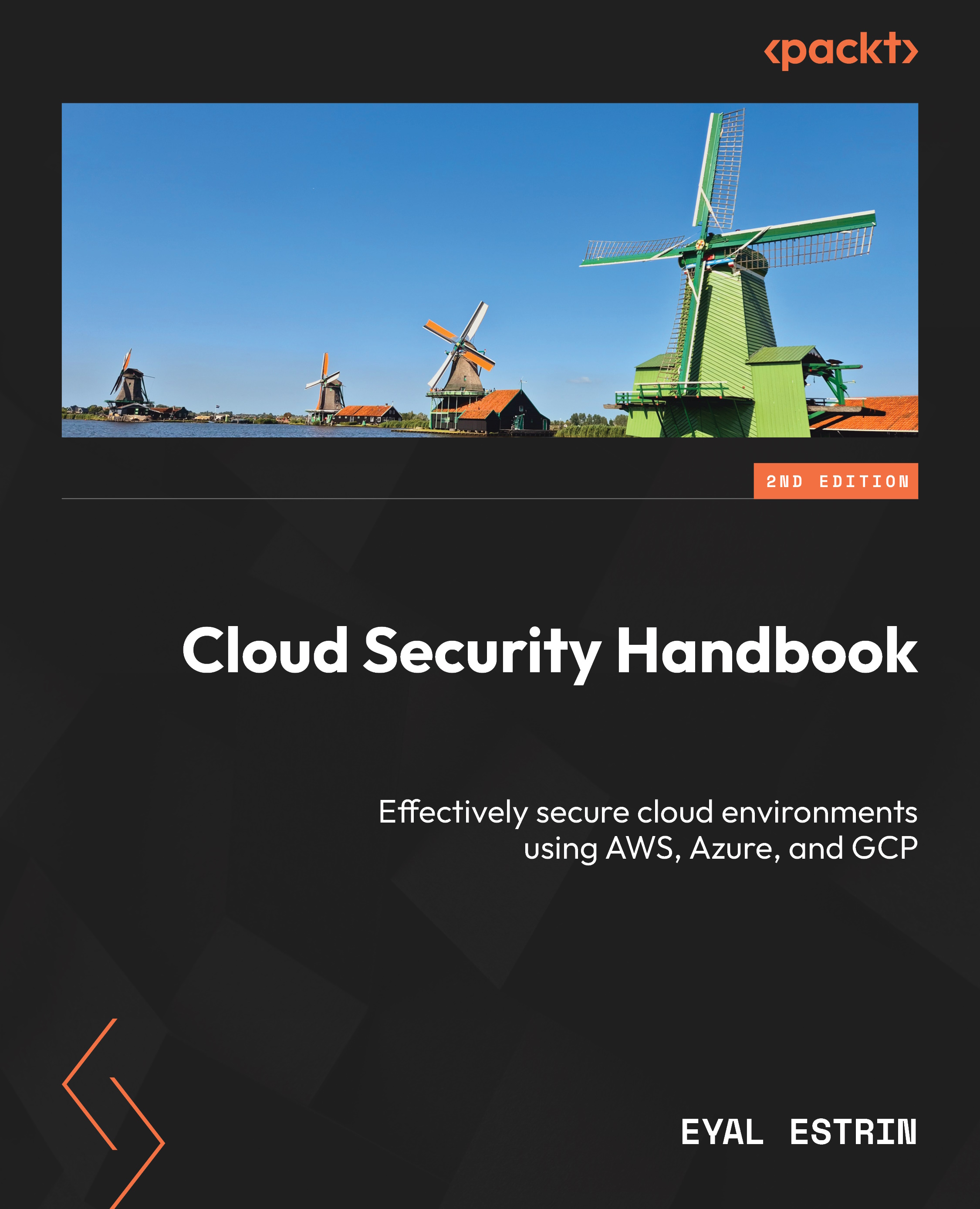Inappropriate or non-existent use of authorization
Authorization is the second of two core security concepts that are crucial in implementing and understanding application security. Authorization uses the information that was validated during authentication to determine whether access should be granted to a particular resource. Built around the authorization model for the application, authorization partitions the application functionality and data so that the availability of these items can be controlled by matching the combination of privileges, functionality, and data to users. Our application's failure at this point of the audit indicates that the application's functionality isn't restricted by the user role. Imagine if you were running an e-commerce site and the ability to view, cancel, or modify orders and customer information was available to any user of the site!
Authorization typically involves the following two separate aspects that combine to describe the accessibility of the secured system:
- The first is the mapping of an authenticated principal to one or more authorities (often called roles). For example, a casual user of your website might be viewed
as having visitor authority, while a site administrator might be assigned administrative authority.
- The second is the assignment of authority checks to secured resources of the system. This is typically done at the time a system is developed, either through an explicit declaration in code or through configuration parameters. For example, the screen that allows for the viewing of other users' events should be made available only to those users with administrative authority.
Note
A secured resource may be any aspect of the system that should be conditionally available based on the authority of the user.
Secured resources of a web-based application could be individual web pages, entire portions of the website, or portions of individual pages. Conversely, secured business resources might be method calls on classes or individual business objects.
You might imagine an authority check that would examine the principal, look up its user account, and determine whether the principal is, in fact, an administrator. If this authority check determines that the principal who is attempting to access the secured area is, in fact, an administrator, then the request will succeed. If, however, the principal does not have the sufficient authority, the request should be denied.
Let's take a closer look at an example of a particular secured resource, the All Events page. The All Events page requires administrative access (after all, we don't want regular users viewing other users' events), and as such, looks for a certain level of authority in the principal accessing it.
If we think about how a decision might be made when a site administrator
attempts to access the protected resource, we'd imagine that the examination of the actual authority versus the required authority might be expressed concisely in terms
of the set theory. We might then choose to represent this decision as a Venn diagram for the administrative user:
There is an intersection between User Authorities (users and administrators)
and Required Authorities (administrators) for the page, so the user is provided
with access.
Contrast this with an unauthorized user, as follows:
The sets of authorities are disjointed and have no common elements. So, the user is denied access to the page. Thus, we have demonstrated the basic principle of the authorization of access to resources.
In reality, there's real code making this decision, with the consequence that the user is granted or denied access to the requested protected resource. We'll address the basic authorization problem with the authorization infrastructure of Spring Security in Chapter 2, Getting Started with Spring Security, followed by more advanced authorization in Chapter 12, Access Control Lists, and Chapter 13, Custom Authorization.
Database credential security
Database credentials are not secure or easily accessible. Through the examination of the application source code and configuration files,
the auditors noted that user passwords were stored in plain text in the configuration files, making it very easy for a malicious user with access to the server to gain access to the application.
As the application contains personal and financial data, a rogue user being able to access any data could expose the company to identity theft or tampering. Protecting access to the credentials used to access the application should be a top priority for us, and an important first step is ensuring that one point of failure in security does not compromise the entire system.
We'll examine the configuration of database access layers in Spring Security for credential storage, which requires JDBC connectivity, in Chapter 4, JDBC-Based Authentication. In the same chapter, we'll also look at built-in techniques to increase the security of passwords stored in the database.
Personally identifiable or sensitive information is easily accessible or unencrypted. The auditors noted that some significant and sensitive pieces of data were completely unencrypted or masked anywhere in the system. Fortunately, there are some simple design patterns and tools that allow us to protect this information securely, with annotation-based AOP support in Spring Security.
Transport-level protection
There is insecure transport-level protection due to lack of SSL encryption.
While, in the real world, it's unthinkable that an online application containing private information would operate without SSL protection, unfortunately, the JBCP calendar is in just this situation. SSL protection ensures that communication between the browser client and the web application server are secure against many kinds of tampering and snooping.
In the HTTPS Setup in Tomcat section, in Appendix, Additional Reference Material, we'll review the basic options for
using transport-level security as part of the definition of the secured structure
of the application.
Using Spring Security 4.2 to address security concerns
Spring Security 4.2 provides a wealth of resources that allow for many common security practices to be declared or configured in a straightforward manner. In the coming chapters, we'll apply a combination of source code and application configuration changes to address all of the concerns raised by the security auditors (and more), to give ourselves the confidence that our calendar application is secure.
With Spring Security 4.2, we'll be able to make the following changes to increase our application's security:
- Segment users of the system into user classes
- Assign levels of authorization to user roles
- Assign user roles to user classes
- Apply authentication rules globally across application resources
- Apply authorization rules at all levels of the application architecture
- Prevent common types of attacks intended to manipulate or steal a
user's session
Spring Security exists to fill a gap in the universe of Java third-party libraries, much as the Spring Framework originally did when it was first introduced. Standards such as Java Authentication and Authorization Service (JAAS) or Java EE Security do offer some ways of performing some of the same authentication and authorization functions, but Spring Security is a winner because it includes everything you need to implement a top-to-bottom application security solution in a concise and sensible way.
Additionally, Spring Security appeals to many, because it offers out-of-the-box integration with many common enterprise authentication systems; so it's adaptable to most situations with little effort (beyond configuration) on the part of the developer.
It's in wide use because there's really no other mainstream framework quite like it!
 United States
United States
 Great Britain
Great Britain
 India
India
 Germany
Germany
 France
France
 Canada
Canada
 Russia
Russia
 Spain
Spain
 Brazil
Brazil
 Australia
Australia
 South Africa
South Africa
 Thailand
Thailand
 Ukraine
Ukraine
 Switzerland
Switzerland
 Slovakia
Slovakia
 Luxembourg
Luxembourg
 Hungary
Hungary
 Romania
Romania
 Denmark
Denmark
 Ireland
Ireland
 Estonia
Estonia
 Belgium
Belgium
 Italy
Italy
 Finland
Finland
 Cyprus
Cyprus
 Lithuania
Lithuania
 Latvia
Latvia
 Malta
Malta
 Netherlands
Netherlands
 Portugal
Portugal
 Slovenia
Slovenia
 Sweden
Sweden
 Argentina
Argentina
 Colombia
Colombia
 Ecuador
Ecuador
 Indonesia
Indonesia
 Mexico
Mexico
 New Zealand
New Zealand
 Norway
Norway
 South Korea
South Korea
 Taiwan
Taiwan
 Turkey
Turkey
 Czechia
Czechia
 Austria
Austria
 Greece
Greece
 Isle of Man
Isle of Man
 Bulgaria
Bulgaria
 Japan
Japan
 Philippines
Philippines
 Poland
Poland
 Singapore
Singapore
 Egypt
Egypt
 Chile
Chile
 Malaysia
Malaysia

















